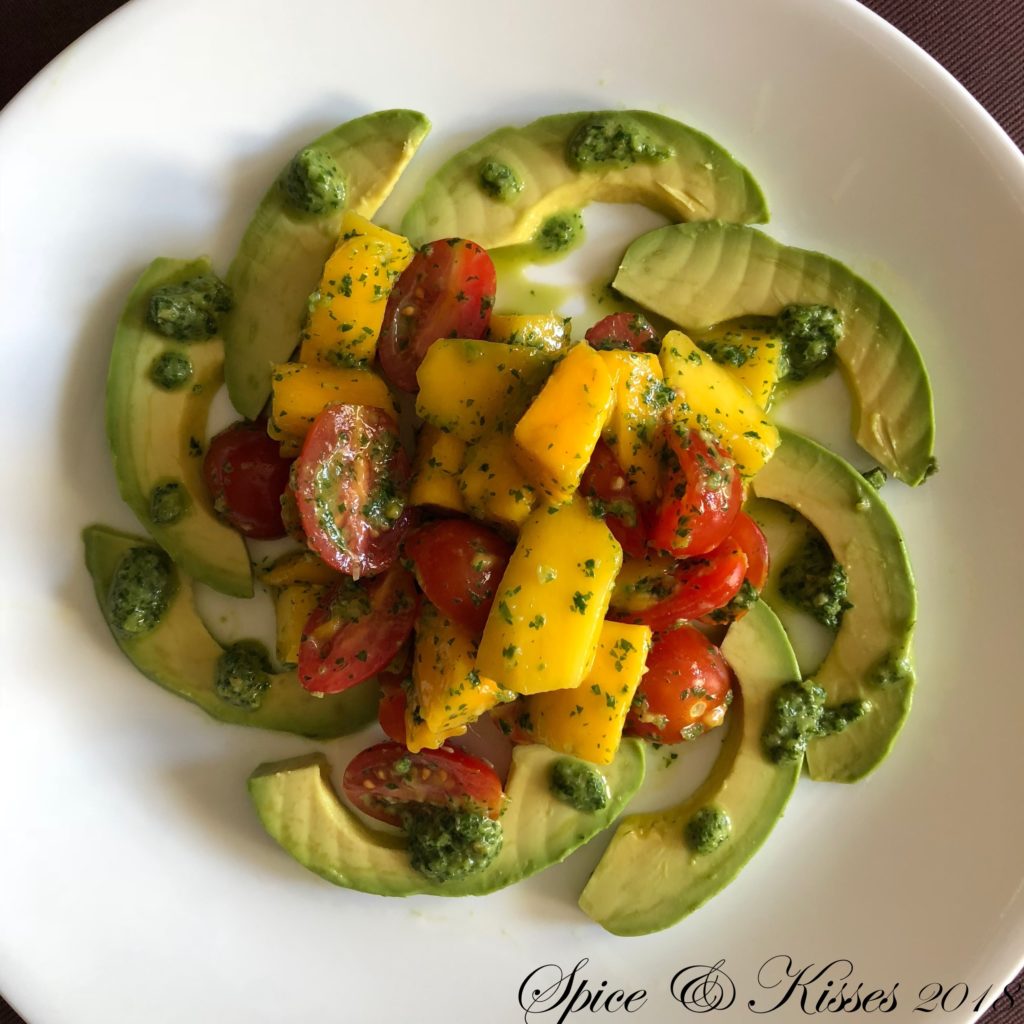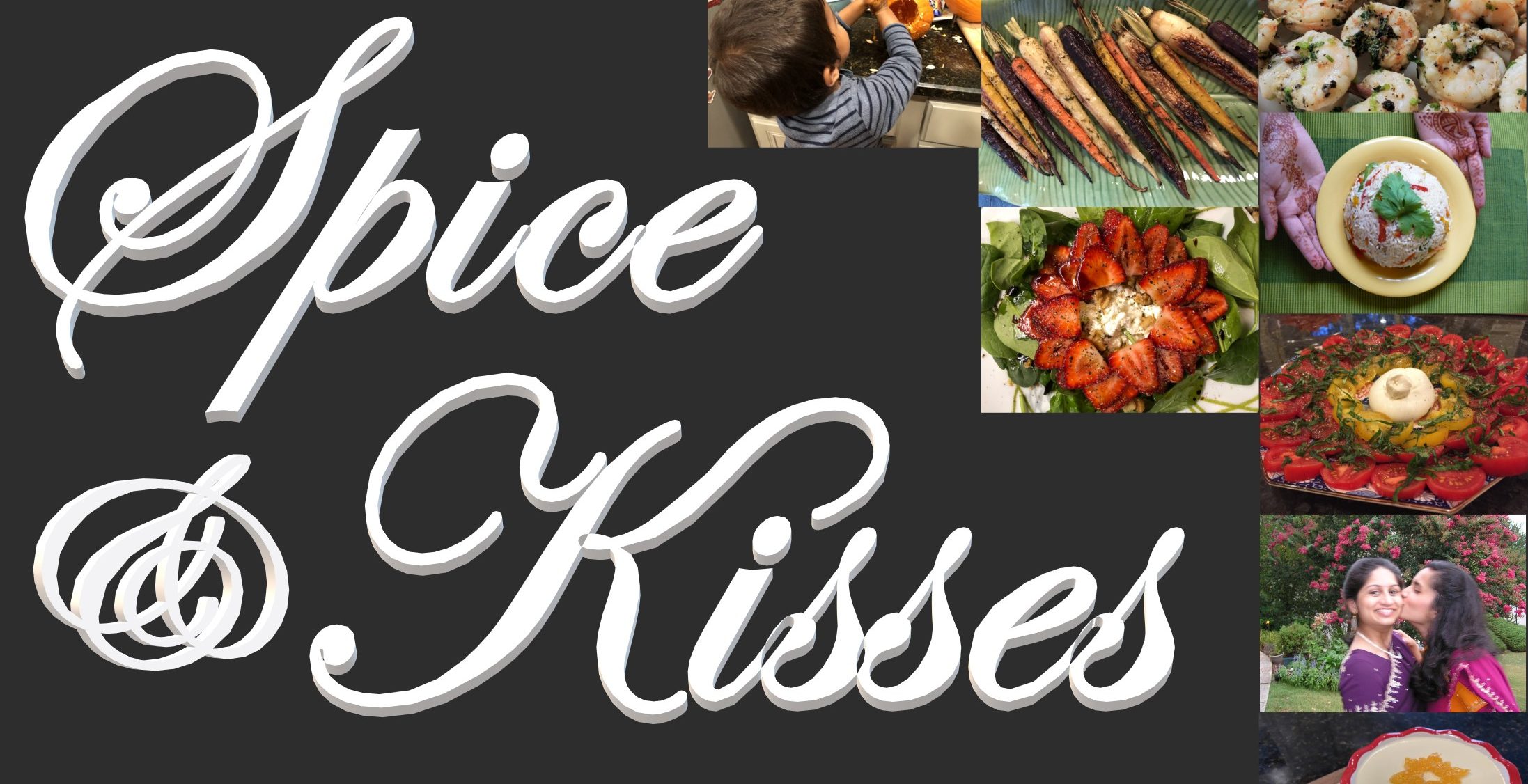Hey y’all,
It’s been a while. Working in healthcare remains an adventure, but one that’s taken a dark turn lately. I’ve been cooking at home a lot more because of all this, and have several new recipes to share, but I have been slow in finding the motivation to write them up.
So instead of a recipe, I’m sharing some tips on eating healthy.
Why now? (After all, in times like these, chocolate is very comforting.)

What you eat, however, makes a big impact on diseases such as hypertension, diabetes, heart disease, and obesity/metabolic syndrome, which are common risk factors for becoming very sick and/or dying from coronavirus. More than ever, it’s important to eat healthy to stay healthy.
Nowadays, however, eating healthy can seem confusing. Wondering whether you should go vegan or jump on the ketogenic diet wagon (previously popularized as the Atkins diet)? Or might you long for the easy days when the food pyramid ruled? Confused about what to eat? Confounded by the bewildering array of diets that cycle in popularity every few years?
Read on. I’m here to help.
I read a lot of diet books. Not out of any extraordinary obsession with my weight/image (okay, not more than the average person, at least), but because I’m curious about these trends and because they’re professionally relevant (My current read: Food Fix, by Dr. Mark Hyman). At first glance, many of these new diets seem diametrically opposed to each other. How can an animal-product-free vegan diet and animal-product-heavy diets such as the ketogenic and paleo diets all claim to be healthy?

But as I read through books foundational to these different diet styles, some commonalities stood out. Keep reading to find out some dietary rules supported by ALL diets—from Mediterranean to gluten-free to vegan to paleo to ketogenic diets.* Additionally, these recommendations are supported by many government and medical society guidelines.
Most likely, at the end of the list, you’ll think: well, I knew that. And that’s the point. Eating healthy is something you already know how to do.
(*Required caveat: you may still benefit from additional dietary recommendations specific to your health history….so this post is meant in the spirit of providing general information and does not substitute for a discussion with a doctor or nutritionist who knows you well!)
EAT MORE:
- Vegetables
- Nuts
- Home-cooked meals
EAT LESS:
- Salt
- Sugar
- Trans fats
- Processed foods
Eventually, I plan on a series of posts expanding on each of these elements, as well as some secondary food habits that are also generally considered healthy but perhaps not as universally supported as the bulletproof guidelines listed above. In the mean time, here are some additional thoughts about the “EAT MORE” group as a starting point for those interested in the details:

Stay healthy by eating more….
Vegetables: Everyone agrees they’re good for you. Take an honest look at your diet. Are you touching the 3-5 servings of vegetables per day recommended by the USDA’s old food pyramid, or the one serving of vegetables per meal proposed by Michelle Obama’s Myplate? All popular diets, even the ketogenic ones that at first glance seem to promote only animal products, encourage us to eat our vegetables.
- Aim for 1-2 servings of vegetables with each meal, working toward a minimum 4 servings/day
- Don’t include these in your serving count:
- Starchy vegetables such as yam, potatoes, sweet potato, corn, and plantain (technically a fruit)—these should be counted as grain substitutes that you consume for carbohydrates if your diet permits in place of rice, bread, pasta, roti, idli/dosai, etc.
- Sandwich fixings, pizza toppings and tomato/pasta sauce: yes, technically these are vegetables, but you’ll need to eat a lot of sandwich/pasta/pizza to have a serving’s worth of vegetable intake in a meal from these alone. If one of these items is your meal, add another source of vegetables to help meet your daily goal

Nuts: Every diet endorses these; none recommend against them. One caveat: if you’re allergic, obviously don’t eat them. Each nut is a little different. Cashews have more sugar than other nuts; walnuts have the most omega-3s; some people get gas and bloating from too many peanuts…etc. But overall, in moderation they benefit almost everyone.
- Keep in mind that a serving size isn’t that large, about a handful for most nut types.
- Try to buy raw and toast/season your own nuts if you need additional seasoning. Many store preparations add too much salt, sugar, and unhealthy oils—it’s better you do it yourself with healthy levels of seasonings that you can control

Home-cooked meals: Grocery stores and restaurants have been making conscious efforts to serve food adherent to different diet styles: gluten free pizza, vegan lasagna, dairy-free ice cream, etc. But strictly following certain dietary restrictions forces dieters to prepare home-cooked meals more often, where you’re avoiding the excess salt, sugar, trans-fats, etc that comes from processed food and eating fast food. Although tempting to buy that keto cheesecake or gluten-free pasta, most diet books explicitly suggest against buying these seemingly “healthier” options because the real benefits come from eating other healthier foods, such as vegetables, in place of the less healthy foods you are cutting out. Some tips to make home-cooking easier and more flavorful:

- Flavor boosters for your home meals: instead of adding more salt, sugar, or butter to your meal, consider the following flavor boosters:
- A splash of lime/lemon
- Fresh herbs: mint, cilantro, parsley, basil, rosemary, dill…..and so many more to choose from
- Dried herbs and spices: cumin, coriander, mustard seed, fennel, cinnamon, turmeric, chili powder, paprika, clove….(again, the list could go on!)
- Stock your fridge and freezer: Not in the mood to prep? Stock up on pre-portioned/pre-chopped vegetables and (if your diet permits) healthy meats/protein that you can season and cook—even from frozen—in a few minutes.
- Follow my blog/join the email listserv for updates on easy, healthy, flavorful recipes 😊
Questions? Comments? I’m interested in hearing your thoughts, please share!
